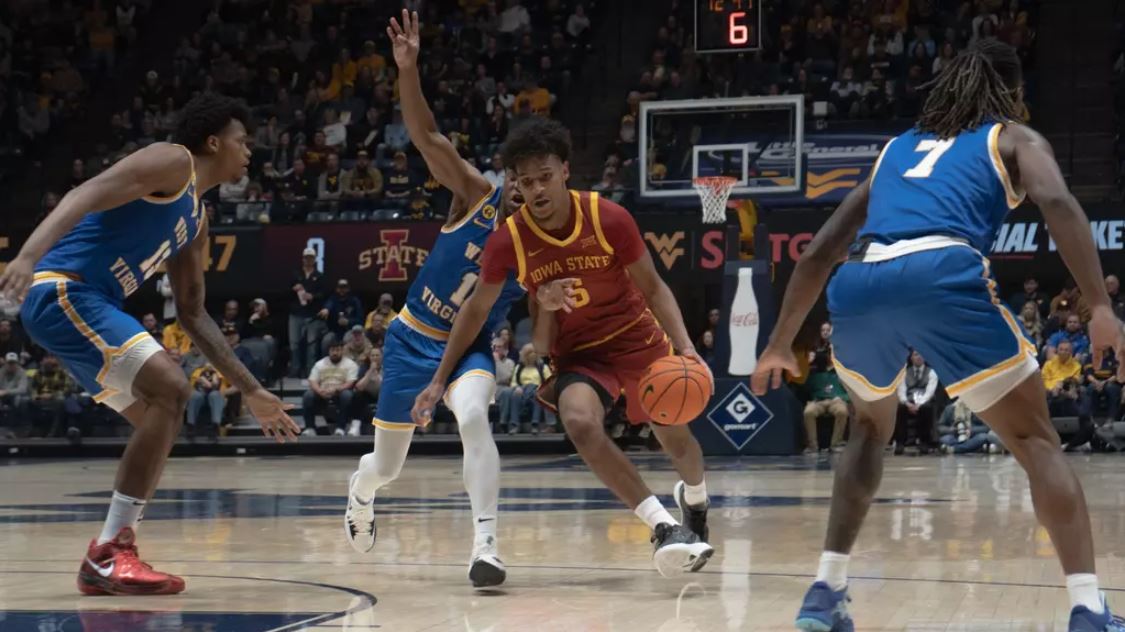ISU department to celebrate 100 years
April 21, 2004
It’s hard to imagine what Iowa State was like 100 years ago. Today, women playing hockey in white dresses or baseball in long skirts would be a strange sight.
Jan Beran, professor emeritus of health and human performance, has spent time researching her department’s history. Beran will share that history at 4 p.m. Thursday in the Gallery Room of the Memorial Union in honor of the department’s 100-year anniversary.
One hundred years ago, Winifred Tilden was the first faculty member to be hired in the health and human performance department, then known as the department of physical culture.
At this time, two years of physical education was a requirement for graduation of all students, Beran said.
“In the early years, there was a lot of marching and drilling and working on equipment. It was very demanding,” she said.
Beran said it wasn’t until 1913 that a men’s physical training program was established. A year later a women’s program was created.
When Iowa State had approximately 10,000 students in 1948, Barbara Forker, after whom the Forker Building was named, was hired as an adviser for women’s synchronized swimming and instructor for swimming, tennis, golf, bowling, badminton and volleyball.
“There were only about six … other faculty members in the department,” Forker said. “We taught classes out on 13-acre instructional fields where Lied Recreation Center and the soccer field are now.”
In 1974, men’s and women’s departments merged, and Forker was in charge of the newly combined department. Iowa State was one of the first large universities to have a woman department head, Beran said.
“It wasn’t easy [to merge],” Forker said. “The men were not anxious to merge; the athletic department was not happy with it because the curriculum would merge also, and the athletics felt it would hurt their athletes.”
Smoothing things over for the departments was an extremely hard task, especially when men were not used to having a woman in charge over them, Forker said. She said she held a short meeting with the coaches to discuss how to handle their uneasiness and disapproval of having to work for her.
“They were not happy with my appointment, so I asked them if they would give me a year in which we would work together, and at the end of the year we lay our cards on the table, and this we did. And from there on we got along,” she said.
Tensions and strained relations with her male counterparts never reached the point where, at the end of the year, cards needed to be laid out.
“It didn’t take long for the men to realize that they were being treated fairly and working under a strong administrator with high expectations,” Beran said.
She said Forker and Iowa State brought changes in society’s views of women and sports.
During this time, women’s basketball players in Eastern schools and in California were forced to play in a gym with the windows covered so no one could watch them play, even though they were wearing ankle-length skirts, Beran said. Because not many other schools offered basketball, ISU women would scrimmage the men.
“It was the faculty and student leaders and the high rate of women participating in sports that brought a change in the attitudes in society,” Beran said.
Forker will join Beran in speaking at the 100-year celebration. Additional speakers include Jack Wilmore, professor emeritus, Texas A&M University, at 7 p.m., and Roberta Park, professor emeritus, at 8:30 p.m., both in the Gallery of the Memorial Union. Additional information on the anniversary celebration can be obtained by calling Jerry Thomas, professor and chairman of health and human performance.






